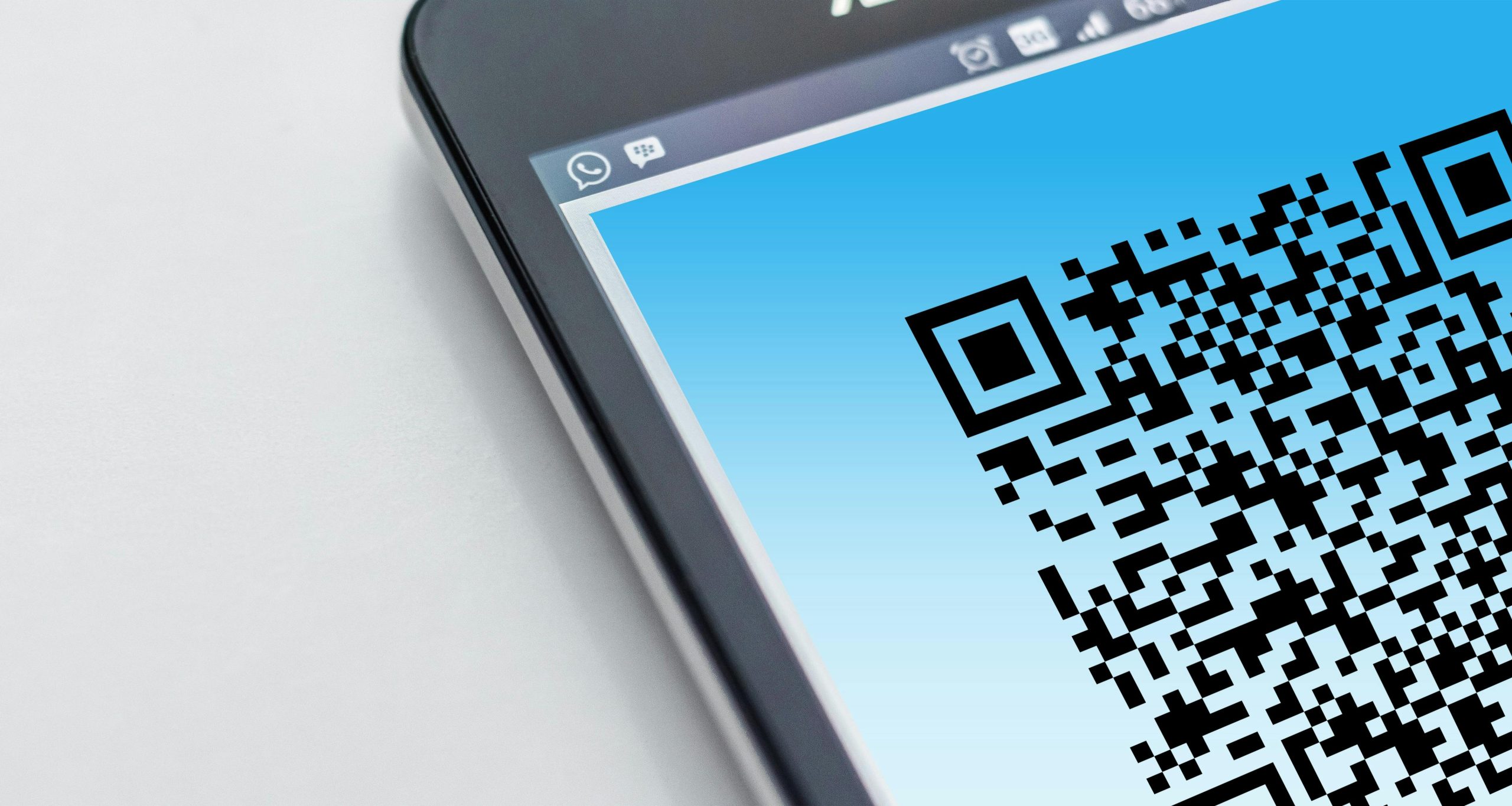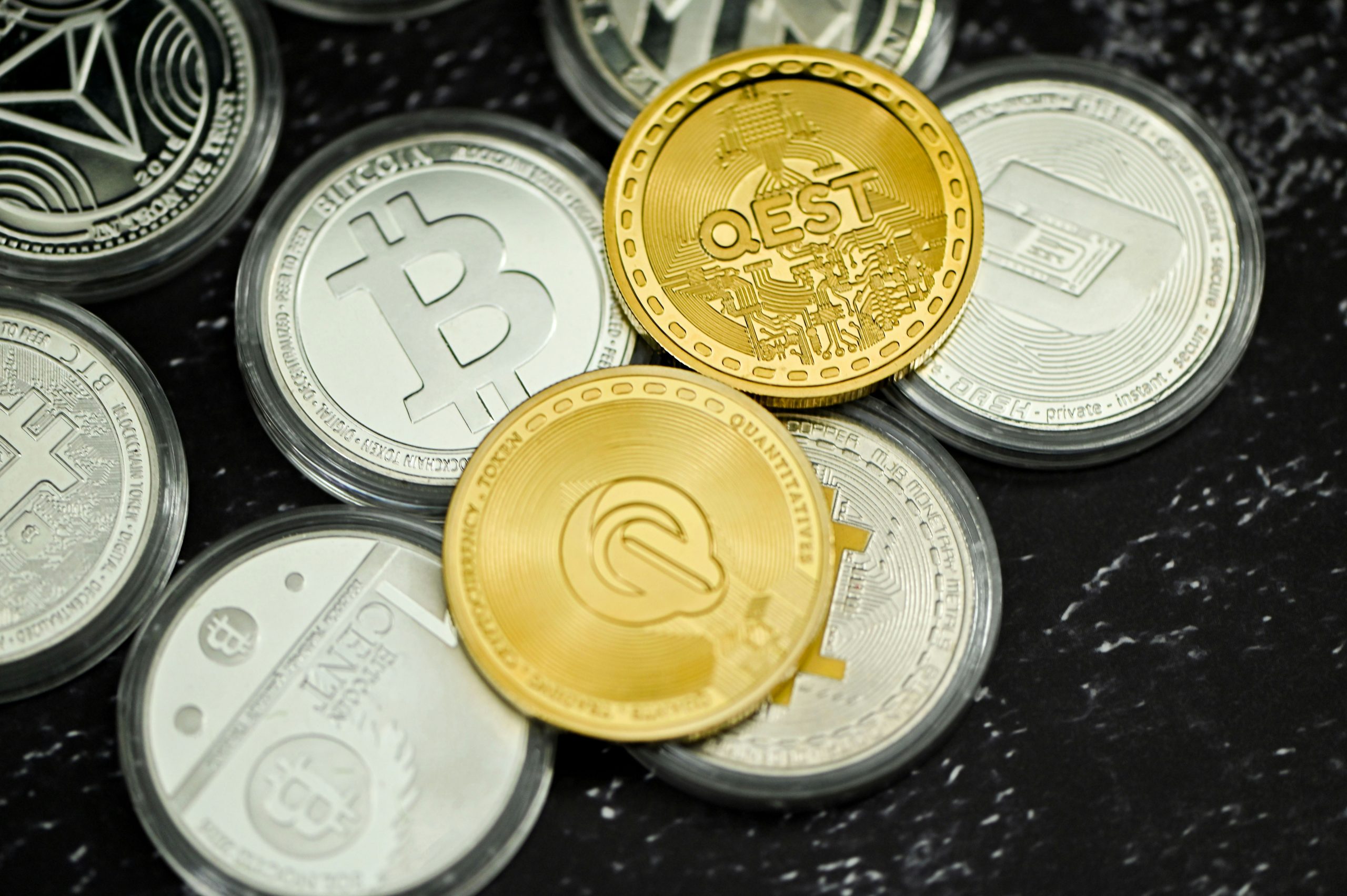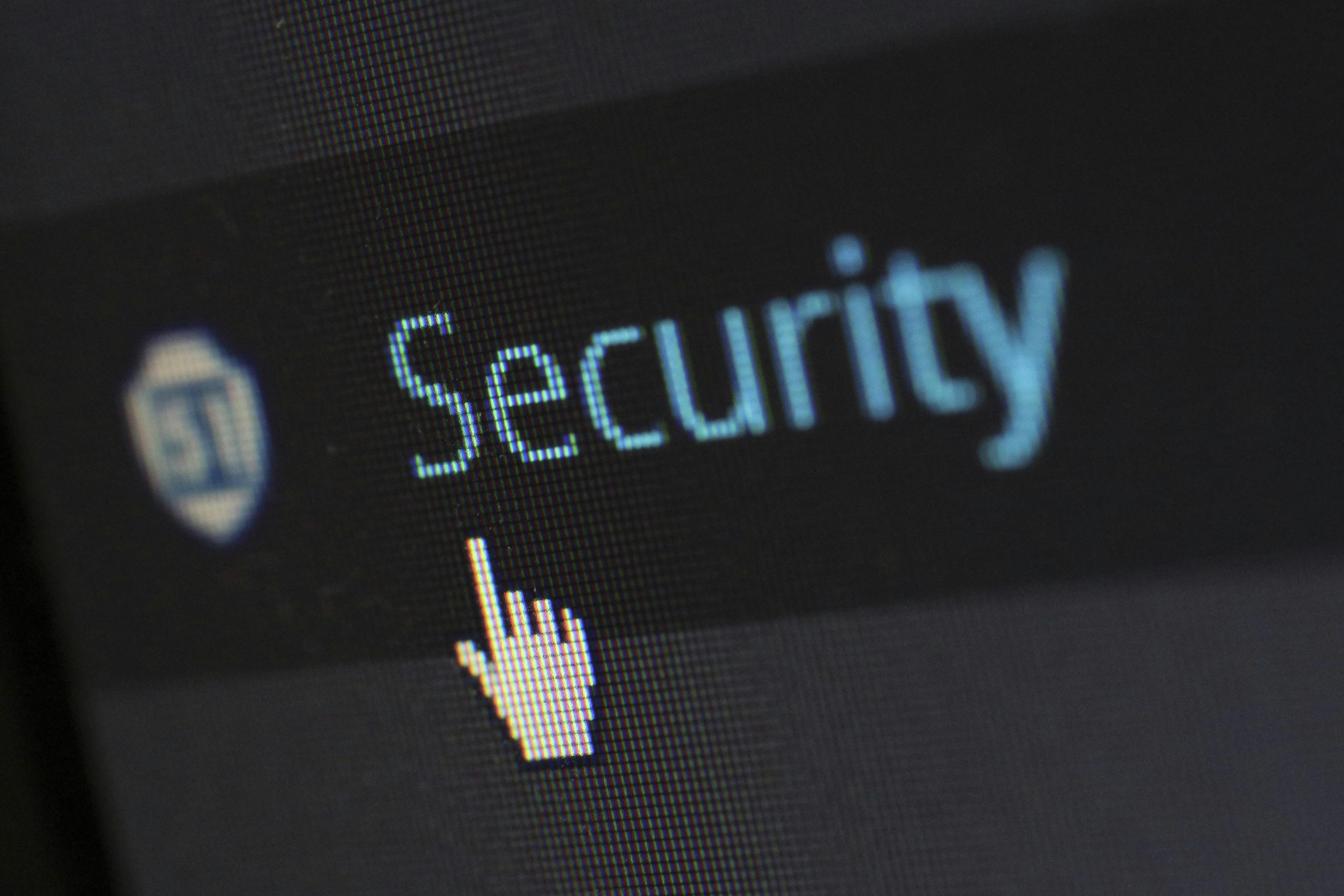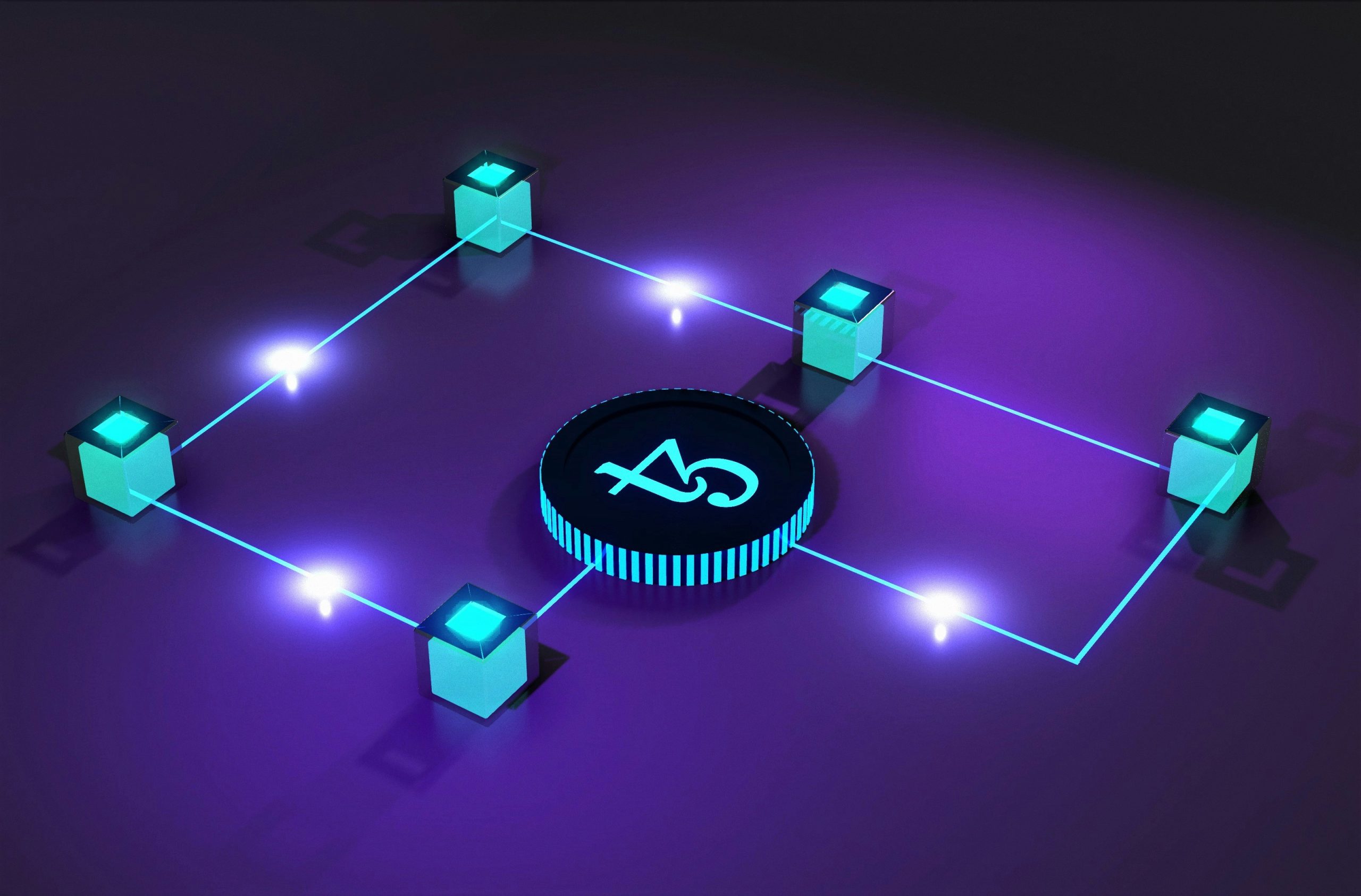Imagine having a digital vault that not only secures your assets but also grants you instant access with just a quick scan. Welcome to the world of blockchain private key QR codes, where cryptography meets convenience and security takes on a whole new form. In an era where our financial transactions are becoming increasingly digitized, understanding the mechanisms behind these encrypted keys is crucial for anyone venturing into cryptocurrencies or decentralized technologies.
A private key is like the master key to your digital fortress, unlocking access to your blockchain holdings and ensuring that only you can authorize transactions. When transformed into a QR code, this complex string of characters becomes incredibly user-friendly—no more typing long sequences or worrying about typos! But how exactly do these codes work, and what precautions should you take when using them? Join us as we delve into the intricacies of blockchain private key QR codes and explore practical tips for safeguarding your digital treasures while enjoying seamless interactions in this innovative landscape.
Importance of Private Keys in Security
Private keys serve as the linchpin of security in the world of blockchain technology, acting as unique digital signatures that grant individuals exclusive access to their assets. Unlike traditional banking systems that rely on centralized entities for security, private keys shift that responsibility entirely to the user. This decentralization fosters a sense of empowerment; however, it also places the onus of security squarely on one’s shoulders. Losing a private key means losing access to your cryptocurrency forever—this irrevocability emphasizes the importance of proper management and protection.
Moreover, in an era where cyber threats are ever-evolving, understanding private keys is imperative not just for individual users but also for businesses adopting blockchain solutions. Companies must educate their employees about best practices in key management and consider implementing multi-signature wallets or hardware wallets as robust defenses against potential hacks. Engaging with innovative storage solutions can create layers of security that extend beyond mere password protection. As we continue to embrace decentralized finance and digital assets, recognizing the pivotal role of private keys will be crucial in safeguarding our financial futures and instilling confidence in this revolutionary technology.
 QR Codes: Simplifying Access to Keys
QR Codes: Simplifying Access to Keys
QR codes have revolutionized the way we manage access to digital assets by offering a seamless solution for private key storage and retrieval. Instead of wrestling with complicated alphanumeric strings, users can simply scan a QR code to gain entry to their wallets or digital holdings. This simplification not only enhances user experience but also minimizes the risk of human error—a common pitfall in cryptocurrency management.
Moreover, QR codes facilitate faster transactions and interactions within the blockchain ecosystem, making them indispensable for modern financial operations. When sharing access with trusted parties, it’s as easy as sending a quick scan instead of lengthy email exchanges fraught with potential mistakes. As security protocols evolve, integrating biometric authentication with QR code systems could further bolster protection while retaining convenience. This innovation signifies not just a technological advancement but also an invitation for broader public engagement in the world of cryptocurrencies and decentralized finance.
How to Generate a Private Key QR Code
Generating a private key QR code is an essential skill for anyone delving into the world of blockchain technology. The process starts with creating a secure and unique private key that you use to access your digital assets. You can employ various methods or software tools available online, but ensuring that the generation process occurs offline increases security against potential hacking attempts. Once you have your private key, transform it into a QR code using a trusted QR code generator—many of which offer encryption options for added security.
When generating your QR code, consider customizing it with design elements or colors that resonate with your personal brand while retaining its functional integrity. This not only adds an aesthetic touch but also makes it easier to identify and access when needed. Remember, though, sharing your private key—or even its QR representation—can compromise the safety of your crypto assets; thus, always handle this information discretely and maintain robust backup strategies to manage loss or corruption effectively. By mastering this process, you empower yourself in managing cryptocurrency securely and efficiently in an evolving digital landscape.
 Scanning and Using the QR Code
Scanning and Using the QR Code
Scanning a QR code linked to a blockchain private key can seem daunting at first, but its simplicity belies the potential it unlocks. When you use your smartphone or a dedicated scanner to capture the QR code, you’re not just retrieving a string of characters; you’re accessing an entire universe of digital assets and transactions seamlessly embedded in that code. This fast-paced mechanism bypasses traditional methods of entering long, complicated private keys manually—an error-prone process that could make you lose access permanently.
Once scanned, these codes serve as gateways to secure your digital identity. Each time you utilize them for transactions or sign into wallets, you’re leveraging cryptographic principles ensuring security and authenticity. By directly tying your access rights to these unique visual markers, you’re essentially anchoring yourself deeper into the decentralized world of blockchain. Moreover, as new advancements surface—like integrating biometric scans with QR technology—the potential for enhanced security grows exponentially, making everyday interactions more fluid while keeping malicious actors at bay. Embracing this shift isn’t just about convenience; it’s about reshaping how we perceive digital trust and ownership in an increasingly interconnected era.
 Best Practices for Secure Usage
Best Practices for Secure Usage
When it comes to the secure usage of blockchain private key QR codes, adopting a multi-layered approach is essential. Always generate your QR codes in a secure environment to prevent exposure during their creation. Use reputable wallet applications that employ strong encryption standards and regularly update their software to safeguard against vulnerabilities. Store the printed or digitally stored QR codes in a safe location; think beyond ordinary safes—consider fireproof and waterproof options to protect against environmental disasters.
Leveraging technology can significantly enhance security practices. Utilize hardware wallets when possible; these devices store your keys offline, making them immune to online threats. Additionally, implement two-factor authentication (2FA) wherever available, creating another barrier that hackers need to bypass. Remember that even the best security measures are only as robust as user behavior; thus, staying informed about potential scams and phishing attempts is crucial for minimizing risks. By integrating these best practices into your digital lifestyle, you’ll not only protect your assets but also nurture a more resilient mindset toward blockchain technology’s ever-evolving landscape.
Conclusion: Safeguarding Your Digital Assets
In an age where digital assets are increasingly valuable, safeguarding them transcends mere precaution; it becomes a crucial aspect of financial literacy and responsibility. Using blockchain private key QR codes offers a blend of convenience and security, yet it’s essential to understand the risks involved. Regularly updating your security protocols, employing multi-factor authentication, and diversifying storage solutions can significantly reduce vulnerabilities.
Moreover, users should not underestimate the importance of education—knowledge about phishing attacks or scams targeting cryptocurrency holders can be your first line of defense. As technology evolves, so too do the tactics used by malicious actors; staying informed can empower you to protect your digital assets effectively. Ultimately, embracing a proactive approach toward safeguarding your keys not only preserves your investments but also fosters a sense of ownership in the digital economy. By treating personal cybersecurity as an integral part of asset management, you pave the way for more secure transactions and greater peace of mind in this rapidly advancing digital landscape.



